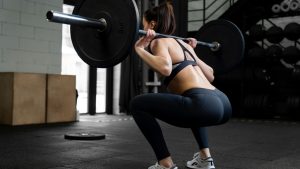High Reps vs. Low Reps: Which Is Better for Boosting Strength in Beginner Squats?

The Effect of Repetition Range on Strength Development in Resistance Exercise – A scientific study discussing the impact of different repetition ranges on strength development.
The Benefits of Squats: 10 Reasons Why You Should Do Squats – Exploring the benefits of squats for overall fitness and strength.
High Reps vs. Low Reps: Which Is Better? – An article diving into the debate between high reps and low reps in strength training.
Wrapping up

Hey there, it’s Mike Rrsq, the Editor-in-Chief over at Jsquat.com, and I’m absolutely obsessed with all things squat fitness! I’ve been lucky enough to get some serious recognition for my work in this field. With a solid background in the fitness and wellness industry, I’ve been there right from the get-go, helping shape this website into what it is today.
You see, I’m not just the boss around here; I’m also a passionate contributor. I love sharing my insights through my articles, and trust me, they’re not your run-of-the-mill stuff. Each piece I write is a labor of love, filled with my expertise and real-world experience in the fitness universe. So, if you’re into fitness and looking for some inspiration, you’re in the right place!

